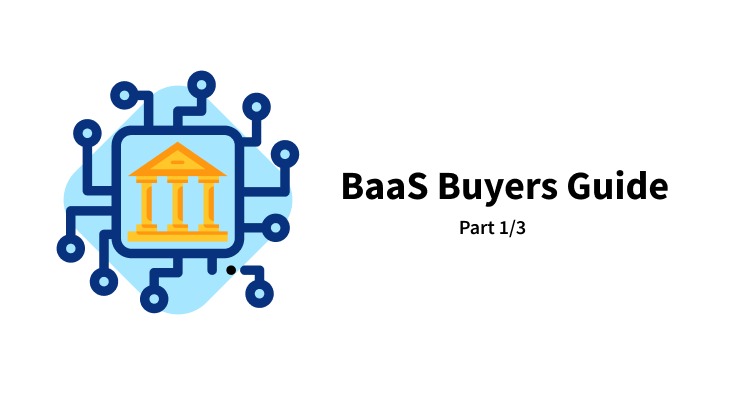Banking as a service
Tearsheet Buyers Guide: Banking as a Service (Part 1)
- Banking as a Service technology is powering many of today's top apps.
- Tearsheet is publishing an in-depth series on everything you need to know about the industry and the players in it.








